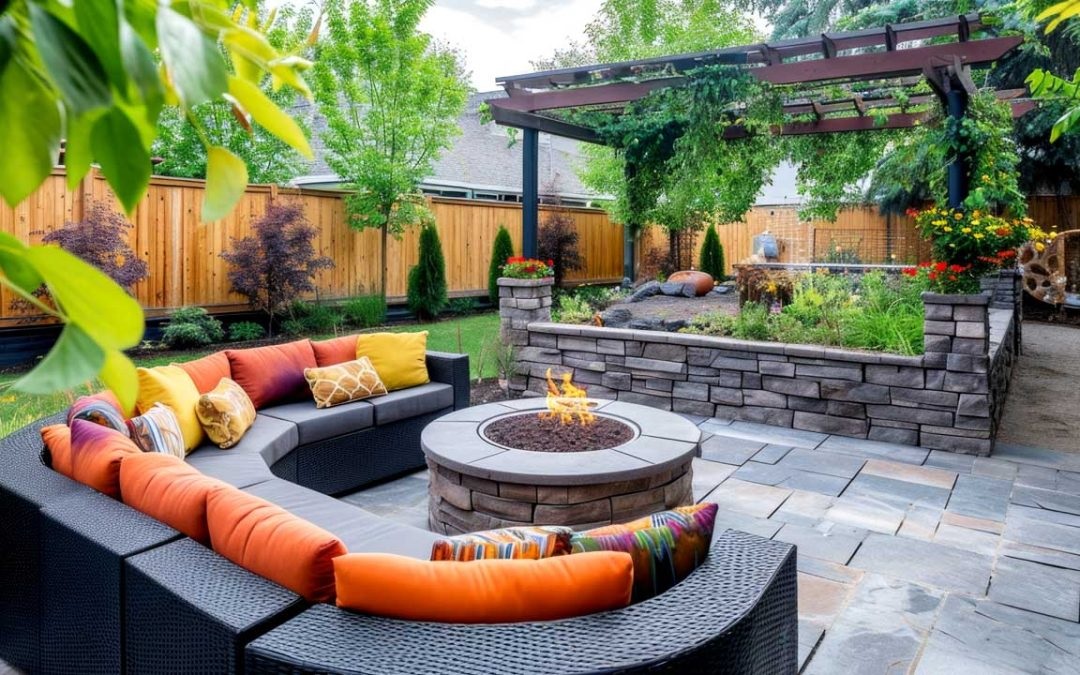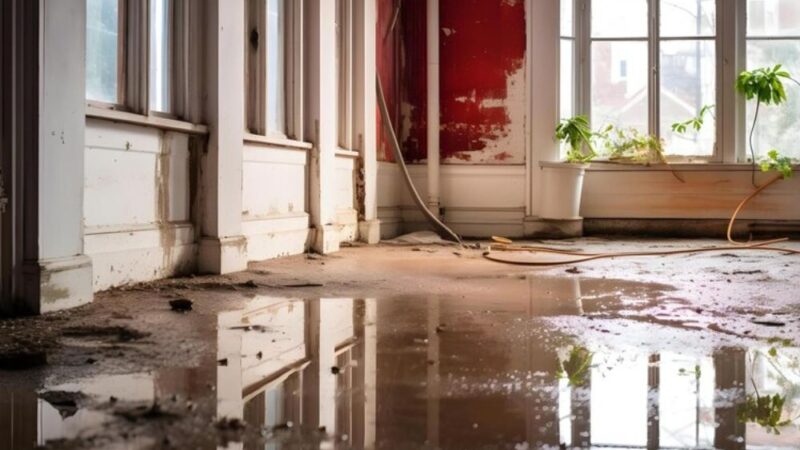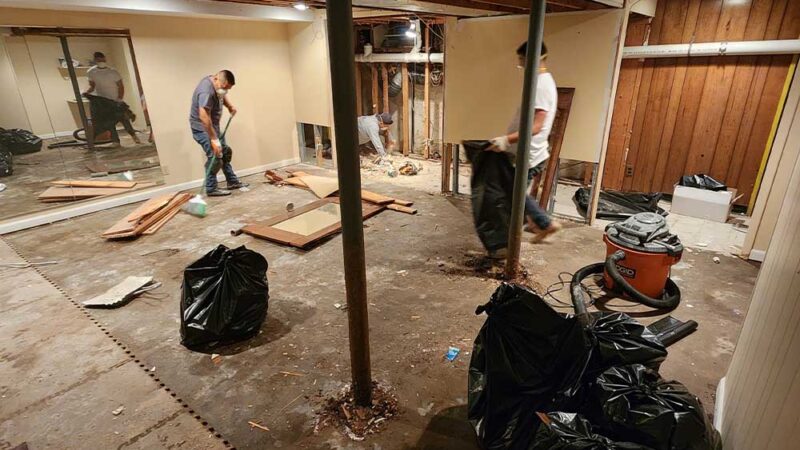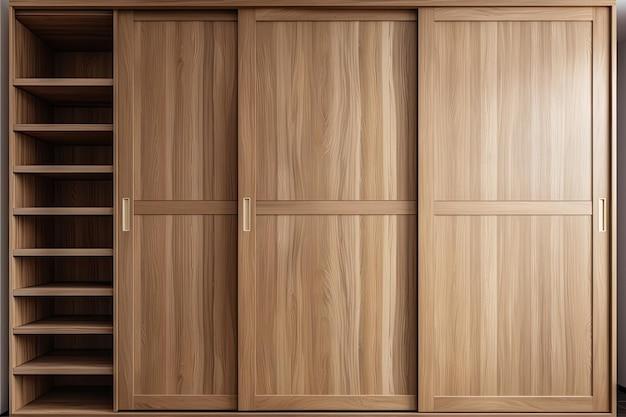The Art of Hardscaping: Patios, Walkways, and Retaining Walls

Hardscaping is like giving your outdoor space a makeover with a touch of elegance and functionality. It’s the art of using non-living elements like bricks, concrete, or rocks to create beautiful and practical features such as patios, walkways, and retaining walls. A backyard hardscape might be the perfect solution to transform your yard into a stunning paradise. Let’s dive into the basics and get some ideas flowing.
What is Hardscaping?
Hardscape is all about the “hard” stuff in your landscape design. While softscapes refer to plants, flowers, and grass, hardscaping involves the solid, often man-made features that give structure and form to your outdoor space. Think of it as the skeleton of your garden that supports and enhances the beauty of the natural elements.
Designing a Multifunctional Patio
Your backyard’s central gathering spot and focal point is a patio made using natural stone, concrete pavers, brick, or wood. When planning your patio design:
- Purpose and Placement: Consider how you’ll use the space. Will it be for dining, lounging, or as a cozy nook for reading? Typically, patios are located adjacent to the house for easy access. Still, they can also be tucked away in a quiet corner of your yard.
- Materials: This can set the tone for your patio. Popular options include concrete, brick, pavers, and natural stone. Each material has its own aesthetic and practical benefits. For instance, pavers are versatile and come in various shapes and colors, while natural stone provides a timeless, elegant look.
- Style and Comfort: To make your patio inviting, consider adding comfortable furniture, shade options like umbrellas or pergolas, and a fire pit or outdoor heater for those cooler evenings. Personalize the space with cushions, rugs, and lighting to create a cozy atmosphere.
Crafting Stunning Walkways
Gracefully winding walkways using stone, gravel, brick, or concrete can connect different backyard zones and add aesthetic appeal. Design tips include:
- Flow and Function: Your walkway should follow a natural path that feels intuitive and makes it easy to navigate your yard. Consider the main routes people will take, such as from the driveway to the front door or the patio to the garden.
- Materials and Design: Like patios, walkways can be made from various materials. Gravel, flagstone, brick, and concrete pavers are all excellent choices. The design can be straight for a formal look or winding for a more relaxed, organic feel. Think about incorporating curves and changes in elevation to add interest.
- Finishing Touches: Enhance your walkway with landscaping along the edges. Low-growing plants, flowers, and even small shrubs can soften the hard edges and blend the walkway seamlessly into the garden. Lighting is also crucial for safety and ambiance – consider installing solar or low-voltage landscape lighting.
Building Multifunctional Retaining Walls
Retaining walls stabilize slopes and create flat zones for play areas, patios, or planting beds. When installing retaining walls:
- Purpose and Placement: Determine why you need a retaining wall. Is it to hold back soil on a slope, create a raised garden bed, or add visual interest? The purpose will influence the placement and design.
- Materials and Construction: Retaining walls can be built from concrete blocks, natural stone, brick, and even timber. The choice of material should complement the overall aesthetic of your landscape. Proper construction is vital – a well-built wall requires a solid foundation, good drainage, and careful planning, especially for higher walls.
- Design Elements: Retaining walls can be more than just functional structures. Incorporate design elements like built-in seating, planters, or even water features to enhance their appeal. Consider terracing if you’re dealing with a significant slope – this creates multiple levels and adds depth to your landscape.
Tying the Elements Together
- Consistency: Use materials that complement each other and your home’s style. This creates a harmonious look and feel.
- Balance: Hardscape elements must blend with softscape designs. Too much hardscape can make a yard feel stark and uninviting, while too little can make it look unfinished.
- Personal Touches: Customize the design to reflect your style and personality. These could be anything from a unique piece of art to a cozy seating area where you love to relax.
Conclusion
With graceful lines, harmonious materials, integrated seating, and lighting, backyard hardscape features mold functional spaces while serving as garden focal points. A well-designed patio provides a gathering hub. Curving walkways connect zones, and multi-tiered retaining walls add usable space. Work with a landscape professional to craft your perfect backyard living paradise using hardscaping.







